Kabale University plant scientist leads a team to study medicinal plants used to treat malaria traditionally in Uganda
A team of researchers led by a Kabale University lecturer and plant scientist Dr. Denis Okello has concluded their study on the antiplasmodial/ antimalarial activity of two widely used traditional medicinal plant tissues across the African continent; Warburgia ugandensis stem bark and Aspilia africana wild leaves.
The study, in which Dr. Okello was a lead investigator was titled ‘Comparative antiplasmodial activity, cytotoxicity, and phytochemical contents of Warburgia ugandensis stem bark against Aspilia africana wild and in vitro regenerated tissues’.
Dr. Okello, a plant scientist, phytomedicine research scientist, plant tissue culture adept, and an educationist is a lecturer in the Department of Biological Sciences at KAB. He has done much research work and publications in areas of medicinal plants that include: micro-propagation/ in vitro propagation, biochemical studies, seed priming, and elicitation effects on medicinal plants.
The study was collaborative research with a team from the Kenya Medical Research Institute (KEMRI), Centre for Traditional Medicine and Drug Research (Dr. Jeremiah Gathirwa and Ms. Alice Wanyoko), a team from the University of Science and Technology-South Korea, Korea Institute of Oriental Medicine (KIOM) (Prof. Youngmin Kang, Dr. Yuseong Chung and Mr. Roggers Gang) and a team from Natural Chemotherapeutic Research Institute (NCRI), Ministry of Health-Uganda (Dr. Richard Komakech and Dr. Francis Omujal).
Dr. Okello said the invitro tissues (roots and calli) were regenerated in a plant tissue culture laboratory under highly controlled and aseptic conditions. Additionally, the toxicity level of the W. ugandensis and A. africana plant extracts was assessed to ensure that the medicinal plant tissue extracts were not harmful to living cells. “This step is essential in determining the safety profile of the plant extracts. Phytochemical constituents of the plant tissues were also analyzed to broaden our understanding of which chemical compounds were responsible for the antimalarial activities of the medicinal plant tissues”, he noted.
Malaria is a major health concern in many regions of the world, including Uganda. According to a World Health Organization report in 2022, there is growing resistance of Plasmodium to a number of current antimalarial drugs not only in Africa, but in the Americas, and Southeast Asia. According to Dr. Okello, the current research focused on evaluating the antiplasmodial activity of W. ugandensis and A. africana tissues which could lead to the discovery of potential new antimalarial treatments which would be a valuable contribution to malaria control and treatment in the community.
“The current research focused on evaluating the antiplasmodial activity of W. ugandensis and A. africana tissues which could lead to the discovery of potential new antimalarial treatments which would be a valuable contribution to malaria control and treatment in the community. The study included cytotoxicity evaluation ensuring that the plant extracts are safe for human consumption, promoting the development of natural medicines that can be used with confidence by the community. Safe and natural medicines can offer viable alternatives to conventional synthetic drugs, which may have adverse side effects. By studying these indigenous plant resources (W. ugandensis and A. africana), the research contributes to preserving traditional medicinal practices and knowledge, which are part of the cultural heritage of the community”, Dr. Okello says.
Dr. Okello says that the “W. ugandensis stem bark (WuSB) demonstrated the most promising antiplasmodial activity, with IC50 values of 1.57 ± 0.210 µg/ml and 8.92 ± 0.365 µg/ml against 3D7 (chloroquine-sensitive) and DD2 (chloroquine-resistant) strains of P. falciparum, respectively. WuSB also exhibited the highest total polyphenolic contents, recording 367.9 ± 3.55 mg GAE/g for total phenolic content and 203.9 ± 1.43 mg RUE/g for flavonoid content, while the lowest contents were observed in A. africana calli.
The study reveals that the antiplasmodial activities of the tested plant tissues showed a positive correlation with their total polyphenolic content. The high selectivity indices of WuSB support its traditional use in malaria treatment and position it as a promising candidate for the discovery of new antimalarial compounds. The study recommends the elicitation treatment for invitro regenerated A. africana roots, which showed moderate antiplasmodial activity against P. falciparum DD2, to increase its secondary metabolite production for optimal antimalarial activity.
Dr. Okello says that the research was supported by Grants from the Development of Sustainable Application for Standard Herbal Resources (KSN1822320) and under the framework of international cooperation program (Korea-South Africa Cooperative Research Project for Excavation of Candidate Resources of Complementary and Alternative Medicine) managed by National Research Foundation of Korea (Grant: 2017 093655, KIOM: D17470). The research was also supported by the University of Science and Technology, Republic of Korea under the Overseas’ training program. This research was only a part of a big project; specifically, it costed about USD 6000 excluding costs for invitro regeneration of the A. africana plant tissues.
Discover more from Kabale University News
Subscribe to get the latest posts sent to your email.




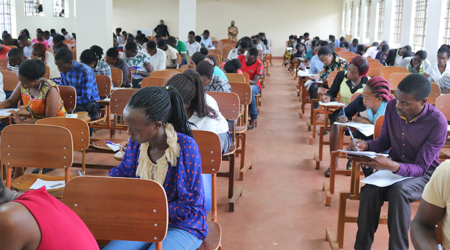
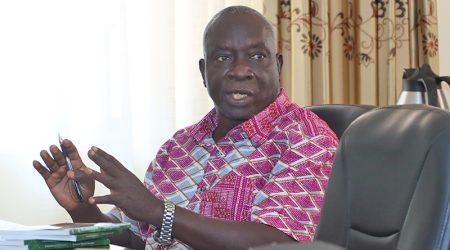

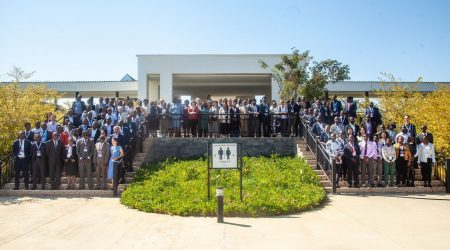

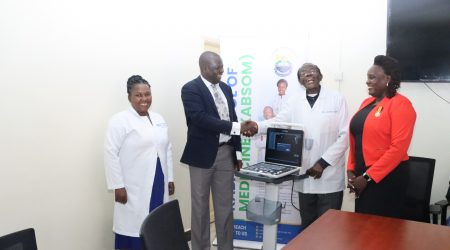
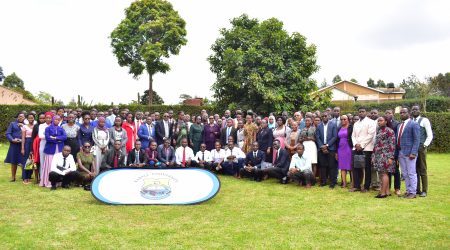
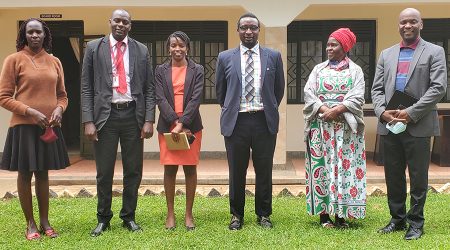
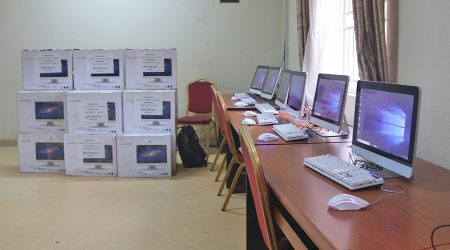
Leave a Reply